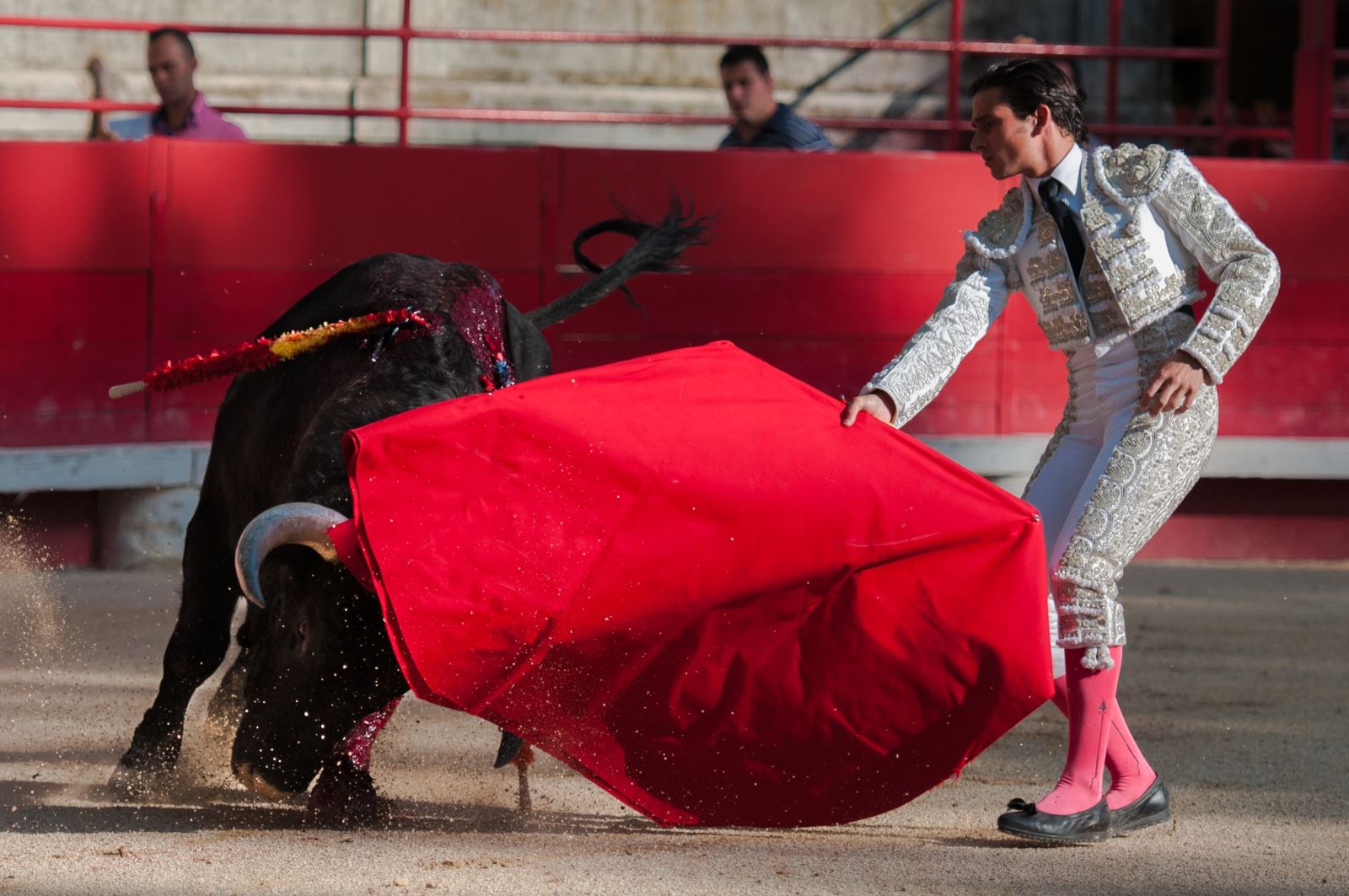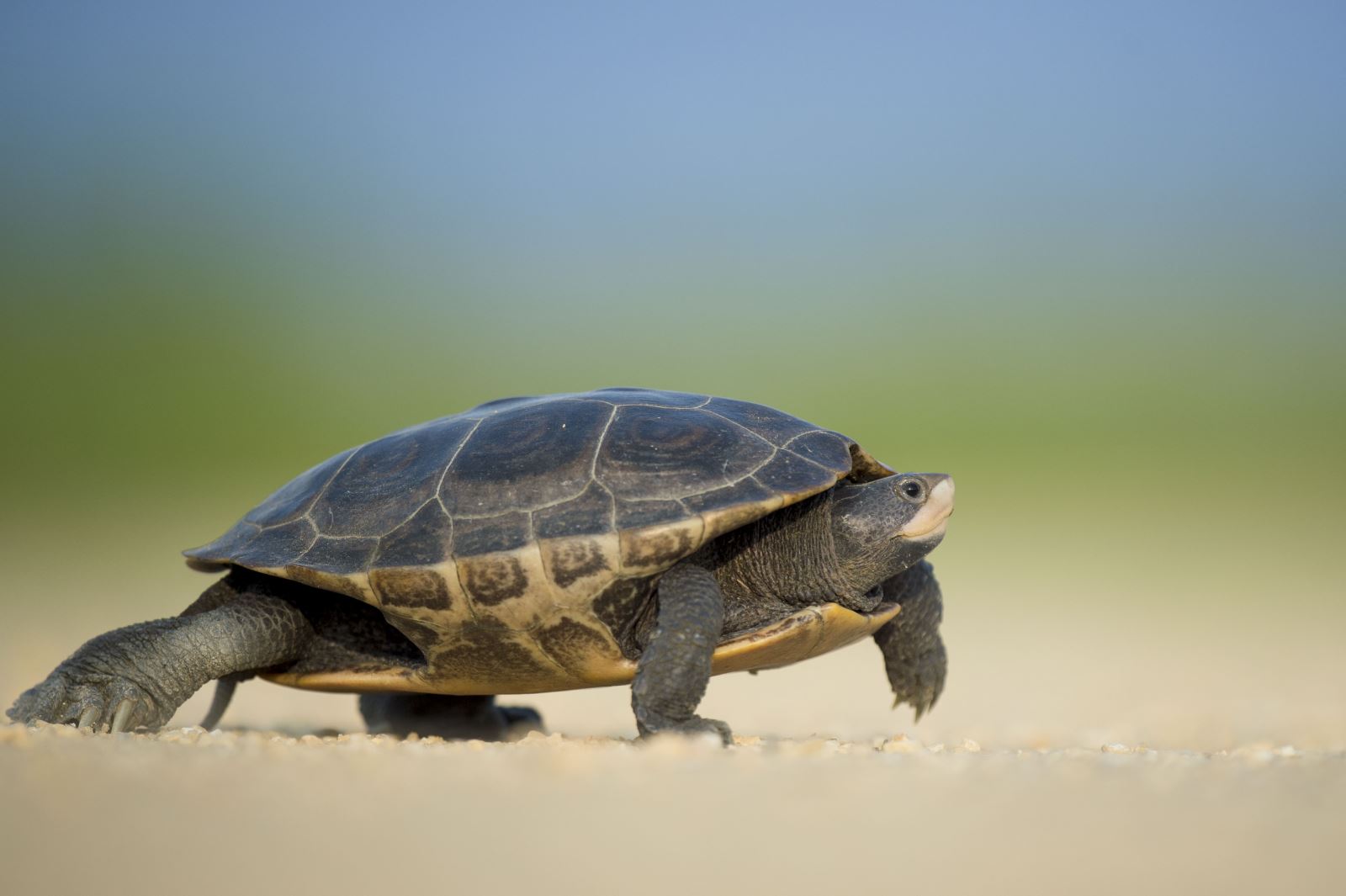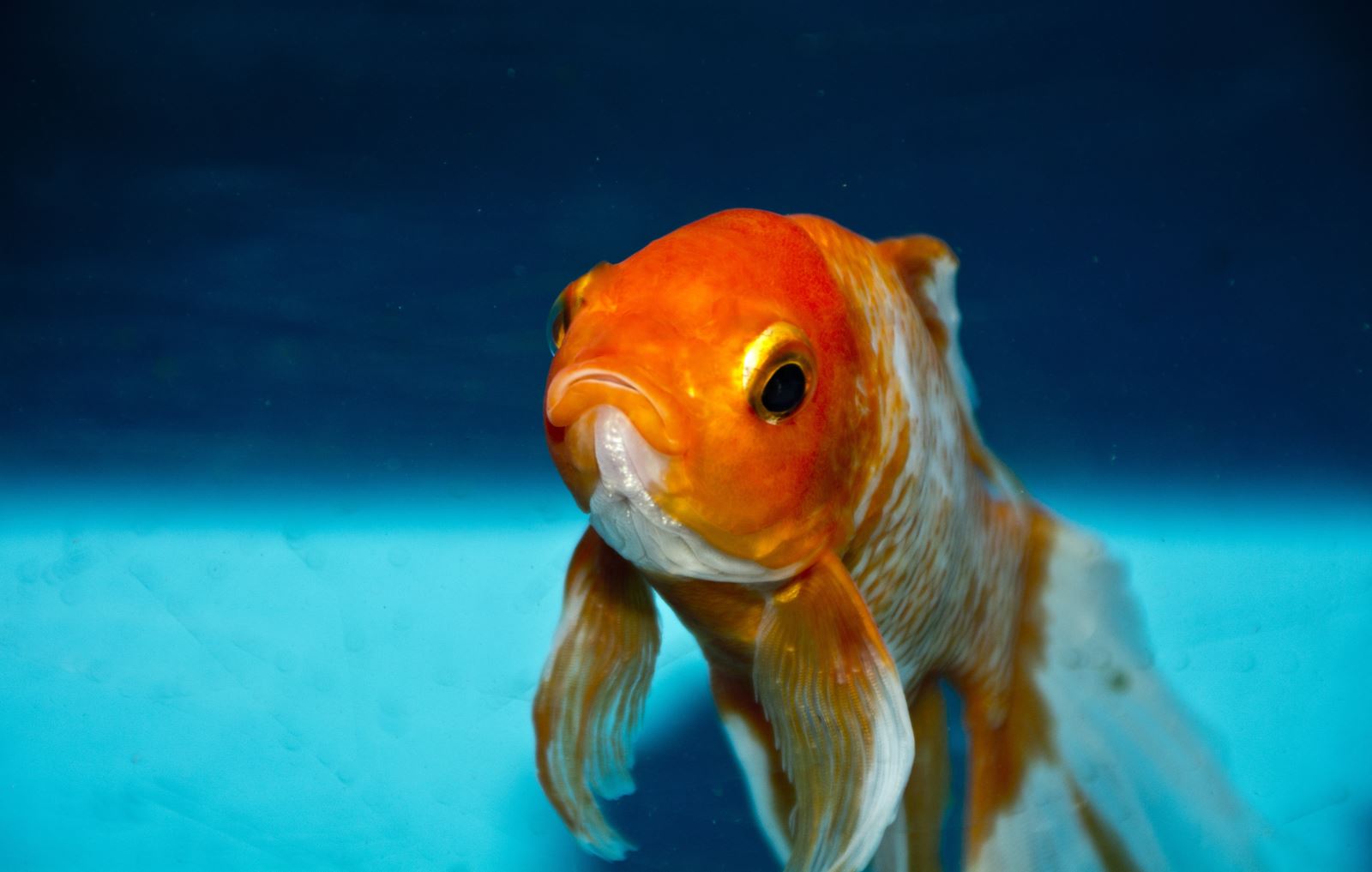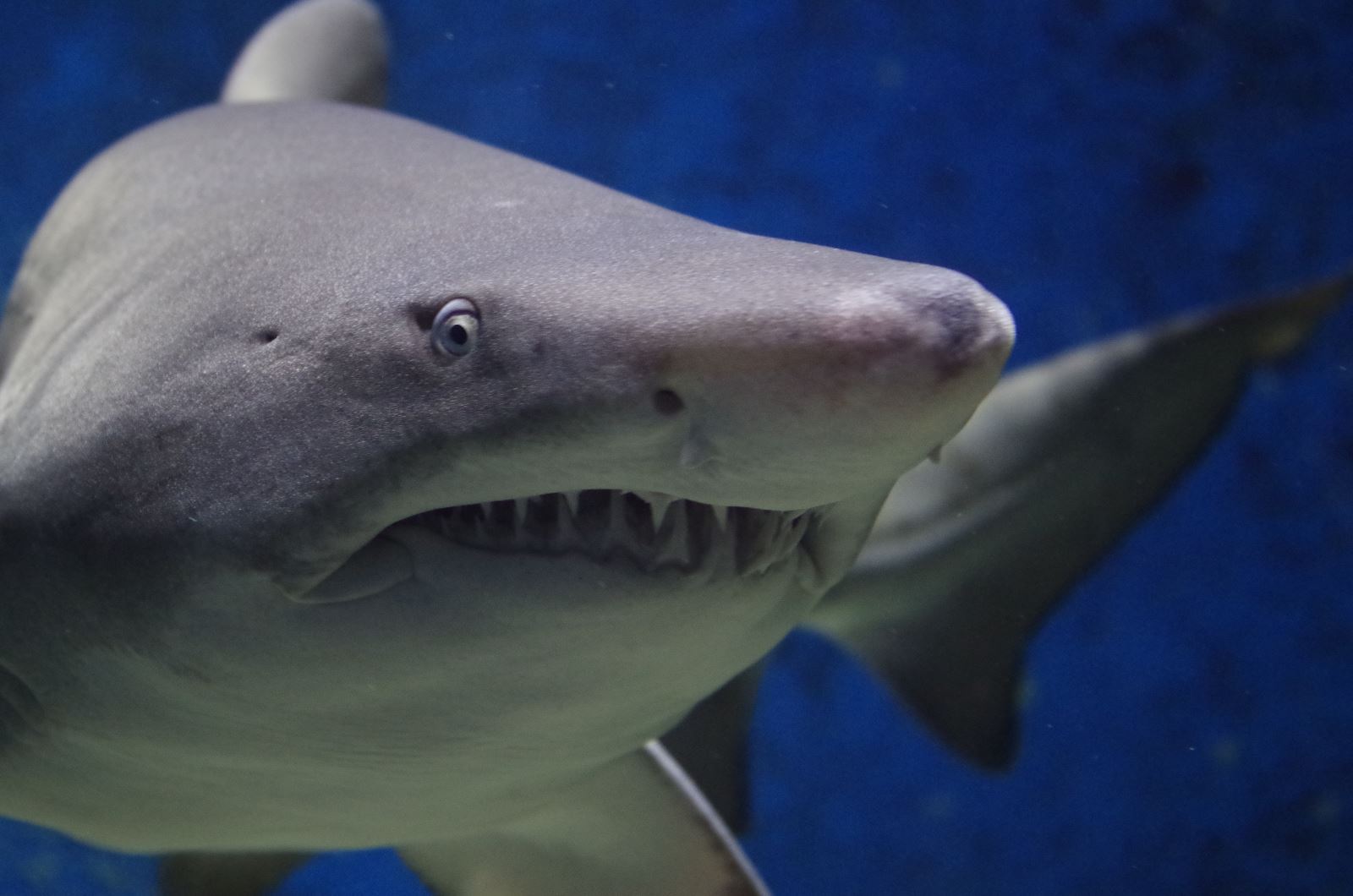The animals’ world is full of myths and facts just like ours. You have definitely heard numerous stories and legends that have been transmitted from one generation to another. These result in misunderstanding of animal behavior and lifestyle. The following are some myths that science has found answers for.
Bulls are provoked by the color red
In the normal healthy human, the retina of the eye contains three different color receptors called cones. Each cone is responsible for receiving a certain color; one detects red color, the other detects green, and the third detects the color blue. For bulls, the cone that detects red color is not present, and they use the other two to see different colors in a certain manner, so the red cape will only appear yellowish grey. As a result, it is not the color of the bullfighter’s cape that charges the bull; it is the threatening motion of it.
 Photo by form PxHere
Photo by form PxHere
Turtles do not feel pain through their shells
Turtles are one of the oldest creatures on Earth; they have been around for about 220 million years. They are the only vertebrae with a shell on its back; this shell is made of 59 bones to 61 bones covered by plates made of keratin called scutes.
Turtles cannot get out of their shells as their bodies are attached to the shell by the spine and ribcage. Like our finger nails, a turtle’s shell is supplied by many nerves that allow them to feel pain and pressure through it. Some turtles can pull their heads and legs inside the shell by exhaling the air in their lung to make some space inside. As a result, they will need to know if it is safe outside or not, so their shell will allow them to feel any touch or pressure applied.
 Photo by form PxHere
Photo by form PxHere
Cut an earthworm into two and each half will grow into two new worms
Earthworm bodies are composed of a distinctive head and tail. There is a swollen part near the head, called clitellum, which is responsible for the cylindrical shape of the worm. If you cut the worm in half, it will not grow into two new worms, but there is a chance for the head to generate a new tail if the cut was not before the clitellum. However, there is another type of worm, called planarian flatworms, which can do what earthworms cannot do. If they are cut into many tiny pieces, each one is one to 300 of its body size, whole new worms will grow from each tiny part.
 Photo by form PxHere
Photo by form PxHere
Goldfish memories do not exceed 5 seconds
Like all other animal myths, there was a belief that goldfish remember things for just 3 seconds, but scientists have another opinion. An experiment was made by giving some goldfish food while playing certain music every day; the fish connected the act of feeding to playing music and kept swimming towards the sound and wait for food. Scientists stopped playing music for about 6 months then played it again; the fish reacted the same way towards the music and waited for food. This means that goldfish memory span can reach 6 months, not just few seconds.
 Photo by form PxHere
Photo by form PxHere
Sharks can smell a drop of blood 1.6 kilometers away
We smell when the scent molecules dissolve in the wet lining of our noses. The same thing happens under the sea, but the scent is already dissolved in seawater. Sharks’ smelling sensation is hundreds times stronger than humans; they can detect scents of one part in million or one part in 10 billion depending on the type of chemical and the shark species. A shark cannot, however, smell a blood drop more than 0.4 kilometers away from it, which means a drop in a small swimming pool; it also depends mainly on the water current and direction.
Moreover, sharks are not interested in human flesh or blood. An experiment was conducted by putting a shark in a pool with two drops of blood, the first one was human and the other was fish blood. The shark was not attracted to the human blood and preferred the fish blood. This means that, in order to attack, a shark needs to be less than 0.4 kilometers away, the water current that will transmit the scent needs to be faster, and finally, the shark needs to be interested in that blood or it will not get any closer.
 Photo by form PxHere
Photo by form PxHere
There are still many animal myths that are still mistaken for facts until someday science busts those myths.
References
allaboutbirds.org
animals.howstuffworks.com
animals.mom.com
businessinsider.com
earthsky.org
economictimes.indiatimes.com
livescience.com
nationalgeographic.com
wtamu.edu
Top image: Photo by mohamed hassan form PxHere
This article was first published in print in SCIplanet, Autumn 2020 Issue.